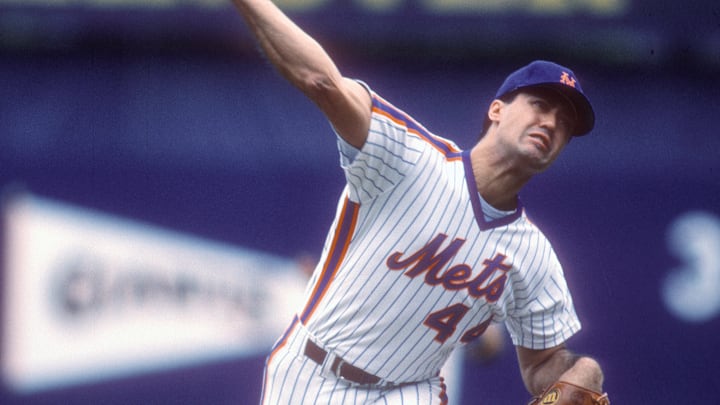2) NY Mets trade for Jesse Orosco
One of the most coincidental trades in Mets history, this one involved the first guy to throw the last pitch of a Mets World Series getting traded for the second guy to do the same. It was February of 1979 and the Mets were continuing to look for ways to reduce their salary. The great Jerry Koosman ended up getting traded to the Minnesota Twins. Orosco was the player to be named later in the deal.
As beloved as Koosman was, the trade made some sense with the team doing very little to build around what they did have. The trade for Orosco would also become the first of many great swaps by the Mets in building their 1986 championship roster.
Orosco had only one year of professional experience under his belt—a successful stint as a Rookie Ball closer with a 1.12 ERA in 40 innings of work. The Mets used him regularly as a starter in Triple-A during the 1979 campaign and even gave him some innings at the big league level later on.
In 1980, Orosco spent the whole year in Double-A working almost exclusively as a reliever. A strong performance in 1981 down on the farm provided him with a call up to the big leagues. He was awesome for the Mets out of the bullpen and it’s where he would remain with the exception of two starts in 1982.
Over the course of the 595.2 innings and 372 appearances he made with the Mets, Orosco went 47-47 with a 2.73 ERA and 107 saves. He was a multi-inning closer as many were in those days. Without him, they may have never captured that 1986 championship. In fact, you can probably guarantee it.
